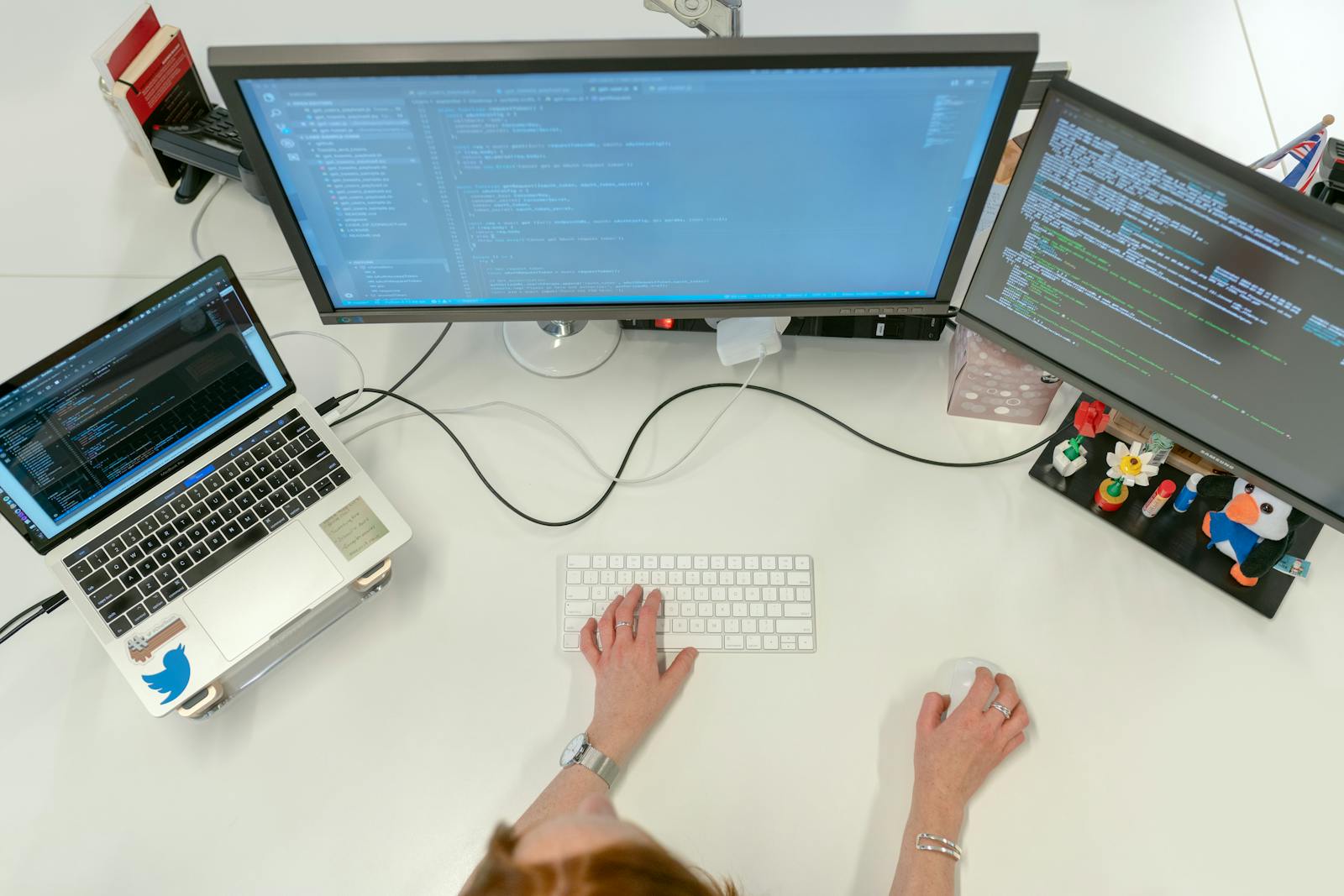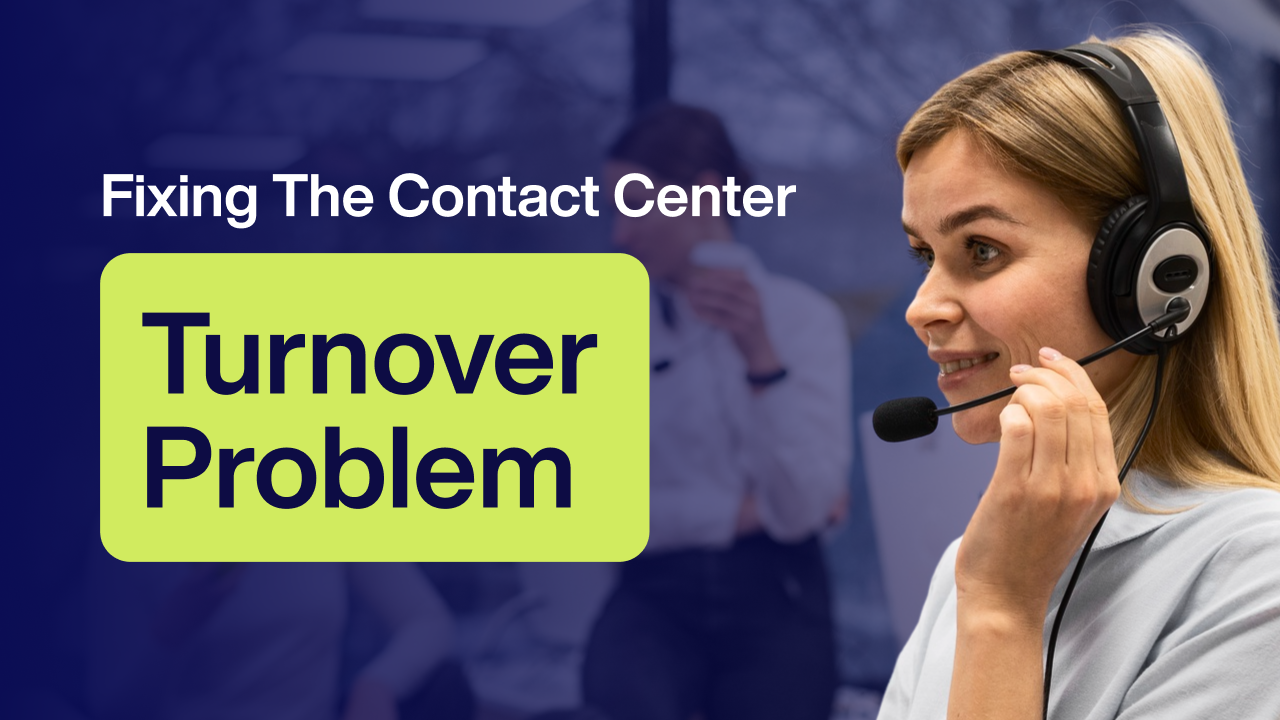FQHC-Led Medicaid ACO Innovation: How Illinois is Reinventing Community Care through Value-Based Models

Introduction: A Bold New Model for Medicaid Care
Illinois, like many states, faced an urgent reckoning during the COVID-19 pandemic: how do you maintain care for Medicaid patients—especially the most vulnerable—when clinic doors are closed, ERs are overwhelmed, and traditional fee-for-service billing breaks down?
The answer came in the form of capitated, value-based payment models—where Federally Qualified Health Centers (FQHCs) receive per-member-per-month payments to manage patient care more flexibly. One of the most significant examples comes from Cook County, where a coalition of FQHCs partnered with CountyCare and the Medical Home Network (MHN) to create a Medicaid Accountable Care Organization (ACO) that transformed how safety-net care is delivered.
This model empowered FQHCs to lead care coordination, expand telehealth, and maintain patient engagement—even during the height of the pandemic. With funding untethered from traditional visits, clinics could invest in community outreach, virtual visits, and population health tools, delivering high-quality care while keeping patients out of overburdened emergency rooms.
The results were significant: 120,000 Medicaid patients received more consistent primary care, clinics remained financially stable, and ER visits declined. Now, Illinois is working to expand this model statewide, recognizing the leadership role FQHCs can play in driving outcomes-based, cost-efficient Medicaid reform.
1: AI-Enabled Population Health Management at the Core
A foundational element of the Medical Home Network ACO model is the use of AI-powered population health platforms. With fixed per-member payments, FQHCs needed efficient tools to prioritize care, track risk, and proactively manage complex patients—and AI stepped in to fill that need.
Using platforms like MHN’s care coordination software, providers can:
- Stratify patient risk in real-time using claims data, social determinants of health (SDOH), and clinical inputs.
- Generate actionable care alerts, such as missed preventive screenings, medication gaps, or recent hospitalizations.
- Coordinate with care managers and social workers through shared dashboards, ensuring a team-based approach to patient support.
This technology allows FQHCs to identify patients at risk of hospitalization or with unmet behavioral health needs before they fall through the cracks. For example, AI algorithms flag patterns like repeated ER use or rising A1C levels, enabling timely interventions from care teams.
As one MHN partner clinic described it: “It’s like having a radar system for patient needs—we know who to call before they show up at the ER.”
This proactive, data-driven strategy lies at the heart of value-based care.
2: Empowering Virtual Care and Care Teams with AI Tools
Beyond population health dashboards, AI is also reshaping how care teams interact with patients in real time—especially through telehealth and remote engagement.
In Cook County’s ACO model, FQHCs used their capitated funds to invest in:
- AI-driven chatbots that help patients with appointment scheduling, medication refills, and chronic disease check-ins. These tools support 24/7 engagement without overburdening staff.
- Symptom checkers and automated screeners that guide patients through structured mental health, COVID-19, or chronic care assessments before provider appointments.
- AI-powered translation tools to support communication with patients who speak Spanish, Arabic, Polish, and other common languages in the area.
Moreover, care managers used AI-informed reports to conduct targeted outreach—calling patients with flagged needs such as food insecurity, rising blood pressure, or missed prenatal visits. This allowed clinics to maintain continuity of care, even when in-person volumes dropped sharply.
In 2020, during the worst of the pandemic, these tools helped sustain over 70% of primary care activity remotely, while avoiding preventable ER visits. The ability to adapt so quickly was only possible because the funding model rewarded outcomes—not volume—and because AI tools made personalized, remote care scalable.
3: Real-World Results from Cook County’s FQHC-Led ACO
The results from Illinois’ MHN-ACO model are both impressive and replicable:
- 120,000+ Medicaid enrollees were served through the MHN ACO, receiving consistent care despite COVID-19 disruptions.
- ER utilization decreased as patients engaged with primary care and care management earlier.
- Avoidable hospital admissions fell, saving costs and improving outcomes.
- Financial stability improved for FQHCs due to predictable, capitated payments—allowing them to keep staff employed, expand outreach, and meet patient needs without relying on visit-based reimbursement.
One partner FQHC, Erie Family Health Centers, used its ACO funds to expand telehealth and develop a remote hypertension monitoring program, leading to significant improvements in blood pressure control among Medicaid patients.
Another network clinic used AI-powered dashboards to reduce no-show rates by 15%, helping ensure patients received timely follow-up care and reducing gaps in diabetes and asthma management.
The Medical Home Network also reported a 20% reduction in emergency room spending compared to non-ACO Medicaid populations—underscoring the value of coordinated, community-based care.
Perhaps most importantly, patient satisfaction and trust increased. By focusing on relationships, not transactions, these FQHCs became true medical homes—especially vital for vulnerable communities during a crisis.
Conclusion: Illinois Shows What’s Possible When FQHCs Lead Innovation
Illinois' FQHC-led Medicaid ACO model represents a paradigm shift in safety-net healthcare. By aligning payment with value, supporting proactive care coordination, and giving clinics the flexibility to innovate, the state empowered FQHCs to become engines of equity and efficiency.
AI played a critical enabling role, from predictive analytics and real-time dashboards to chatbot support and telehealth triage. These tools allowed clinics to scale personalized care, optimize their workforce, and stay connected with patients through every stage of the pandemic.
As Illinois moves to expand this model beyond Cook County, it sets a national example. Other states can follow suit by:
- Creating incentives for FQHC-led ACOs within Medicaid managed care programs.
- Funding the infrastructure needed for AI and care coordination.
- Shifting to outcomes-based payments that reward prevention, engagement, and trust.
For FQHCs, this is more than a new payment model—it’s a path to long-term sustainability, stronger community partnerships, and better health for the people who need it most.
If you're a policymaker, health plan leader, or FQHC executive—now is the time to act.
✅ Study Illinois’ MHN-ACO model
✅ Invest in AI-powered care coordination tools
✅ Advocate for capitated payments tied to value, not volume
Because when we pay differently, we care differently. And when FQHCs are given the tools and trust to lead, everyone wins—patients, providers, and communities alike.
No Spam —
Just Good Stuff.
Join our newsletter for actionable advice, insider knowledge, and strategies that drive real results.
No fluff, just value.
%20(1).png)

.png)
























































.png)
.png)
.png)



.png)
.png)
.png)
.png)
.png)
.png)
.png)
.png)
.png)
.png)
.png)
.png)
.png)
.png)
.png)
.png)




















